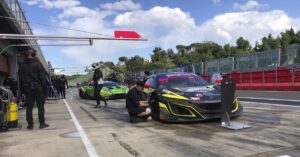A delicate balancing act

Kostis Georgiou: Eutopia and Corpus aluminium sculptures
One of the biggest challenges with drug development in many advanced cancers is finding the sweet spot between safety and activity…
And hoping it will be a wide one!
It’s a particularly delicate balancing act in hematologic malignancies, however.
In our latest review we explore an up and coming niche in acute leukemias and look at how well companies are doing, including some new and early entrants…
To learn more from our latest oncology review and get a heads up on key cancer research insights, subscribers can log-in or you can click to gain access to BSB Premium Content.
This content is restricted to subscribers




 With all the noise and attention on marquee trials involving targeted therapies and immuno-oncology at cancer conferences lately, it’s all to easy to forget about numerous early stage developments making stealthier progress.
With all the noise and attention on marquee trials involving targeted therapies and immuno-oncology at cancer conferences lately, it’s all to easy to forget about numerous early stage developments making stealthier progress.



 With new trial data being presented at the annual meeting of the American Society of Clinical Oncology (ASCO) today, a provocative question on the minds of many interested in hematologic malignancies is…
With new trial data being presented at the annual meeting of the American Society of Clinical Oncology (ASCO) today, a provocative question on the minds of many interested in hematologic malignancies is…